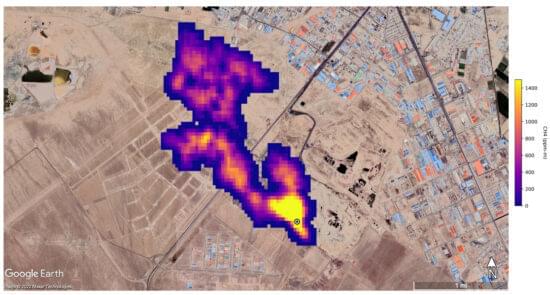Protecting People, Society & Environment — Lydie Evrard, Deputy Director General; Head, Department of Nuclear Safety & Security, International Atomic Energy Agency (IAEA)
Lydie Evrard (https://www.iaea.org/about/organizational-structure/departme…d-security) is Deputy Director General and Head of the Department of Nuclear Safety and Security at the International Atomic Energy Agency (IAEA).
Ms. Evrard’s department focuses on the protection of people, society and the environment from the harmful effects of ionizing radiation, whether the cause is an unsafe act or a security breach, and her team aims to provide a strong, sustainable and visible global nuclear safety and security framework. Her department was created in 1996 as a response to the Chernobyl nuclear accident.
Prior to joining the IAEA, Ms. Evrard held the role of Commissioner at the French Nuclear Safety Authority (ASN).
Ms. Evrard started her career in the field of engineering, joining the French Ministry of Energy as an engineer and she has worked extensively in the regulatory field over the last 25 years in positions including as Unit Head at the Industry, Research and the Environment Direction of France’s Ministry of the Environment (Paris Region); Deputy Head of the Paris Region Division of the Nuclear Safety Authority (ASN) and subsequently Head of the Authority’s waste, decommissioning, fuel cycle facilities, research facilities and contaminated soils remediation Department. At the ASN, Ms. Evrard handled both radiation protection and nuclear safety issues. In particular, she led, together with counterparts at the Ministry of Energy, the 2013–2015 national plan for the management of radioactive materials and waste and coordinated the stress tests performed on research and fuel cycle facilities, following the Fukushima Daiichi accident.







